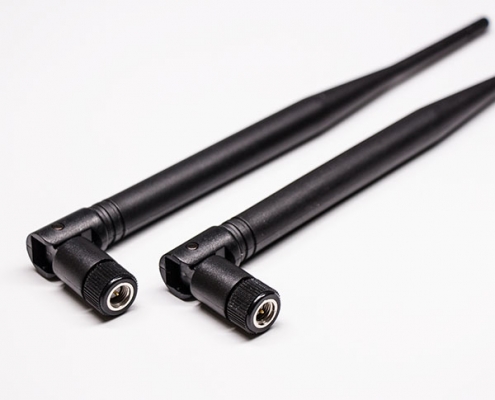1. Three highs
High precision, high efficiency, high gain
The most important task of using SMC to manufacture antennas is to give full play to its characteristics in product design and process production and to meet the requirements of antenna type high precision. In the mold size design, the shrinkage rate of the material and the SMC molding shrinkage rate are stable, the SMC antenna reflecting surface deviates from the original design parabolic shape after molding, that is, the accuracy of the SMC molded antenna is completely guaranteed by the mold accuracy . The root mean square value of the integral reflective surface of the SMC antenna is 0.25mm, the root mean square value of the single-piece reflective surface of the split-lobe antenna is less than 0.3mm, and the root mean square value of the reflective surface after assembly is less than 0.6mm.

2. Anti-corrosion
The traditional antenna materials such as aluminum plate and steel plate are metal materials, which are prominent in acid, alkali, salt, and even corrosion resistance, as well as SMC as a non-metal dielectric composite material. The American Pikinton Laboratory analyzed the surface of the SMC material with infrared rays and found that the surface was covered by additives, resins, and ultra-fine calcium acid fillers, which had good acid resistance, water resistance, and corrosion resistance. The antenna reflection made of this material solved the problem. The traditional metal material antenna has the shortcomings of corrosion. In coastal areas, rainy, humid areas and acid rain areas, the corrosion advantages of SMC molded antennas are particularly prominent. The American Podlin Company has done more severe anti-corrosion tests. At a high temperature of 50°C, the SMC molded antenna samples were placed in 130 highly corrosive chemical environments. The results showed that the test samples had little or no changes.
3. Long life
General aluminum antennas in coastal areas range from 2-3 years to as many as 4-6 years. They will generally be damaged due to salt spray erosion and aging. The most obvious example is the cable television (CATV) in Taiwan, which was built early. In the mainland, it is estimated that there are nearly 1,000 satellite TV receiving antennas on the island. They were all built in the mid-1980s. They were all aluminum plate antennas. By the early 1990s, they had begun to be replaced. The company once supplied hundreds of antennas for it). The service life of SMC molded antennas is generally more than 15 years; the SMC molded antennas trial-produced by PRODLIN in 1985 can still work normally, and they are subject to typhoons and rainstorms every year.
4. Strong wind resistance
Due to the design of multiple longitudinal and circular rib structures on the antenna reflecting surface during the molding process, the SMC antenna can withstand wind loads of up to 45 meters per second based on the calculation of structural strength, which shows its remarkable structural rigidity and strength.
5. Easy to transport and install
Because the SMC antenna adopts the film pressure technology under high temperature and high pressure, its material characteristics and processing technology determine that the SMC antenna has unparalleled consistency with other antennas, which not only guarantees the accuracy and high gain of the antenna, but also is very easy to install debugging. SMC, commonly known as “glass reinforced plastic”, has the characteristic of non-deformation, which eliminates the adverse effects on the satellite receiving system due to the deformation of the antenna during transportation.

